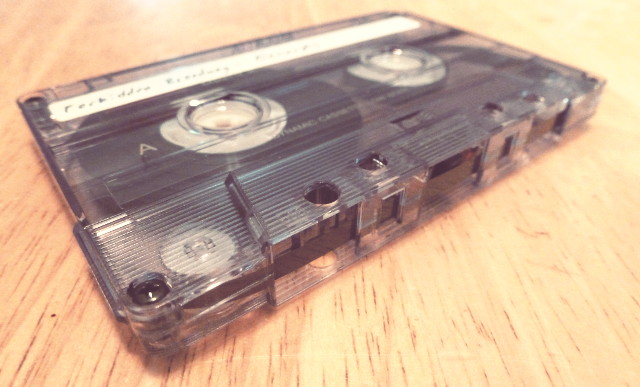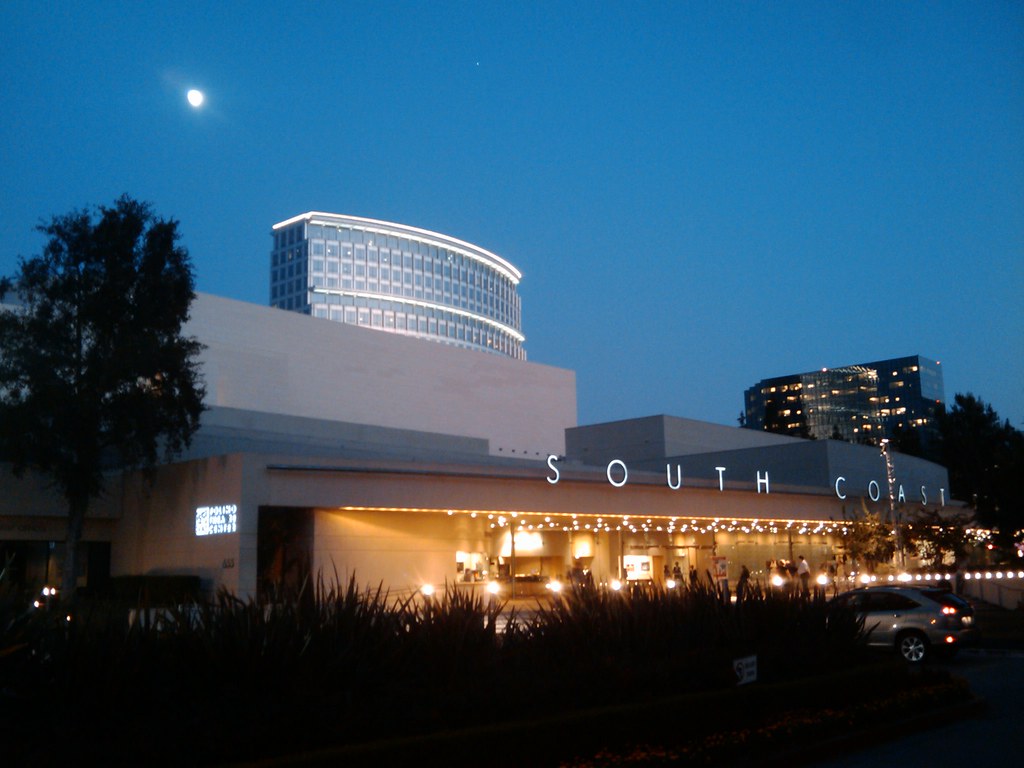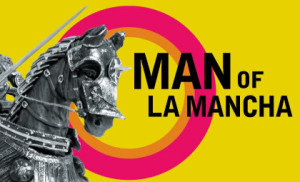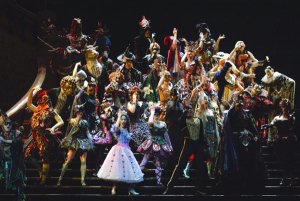
With all the Les Miserables reading and listening I’ve been doing lately, I decided to dig out an old mix tape of excerpts from Forbidden Broadway. It’s been years since I’ve actually listened to an audio cassette. Most of my music collection was on CDs to begin with, the iPod and my phone have long-since replaced the tapes I kept in the car, and playlists with shuffle have replaced mix tapes.
My two-year old, on seeing it, immediately asked, “What is this?” I tried to explain it was a way they used to record music before CDs, that it has a roll of tape inside, more like a measuring tape than sticky tape, that you have to be careful not to touch the edge (which he promptly did — hooray for leaders). Then I tried to demonstrate how the tape rolled from one side to the other, using the time-honored method of sticking a pencil in and turning it quickly.
And I couldn’t find a pencil.
More accurately, I couldn’t find a hexagonal wooden pencil. A mechanical pencil, sure. A bunch of pens. Some round wooden pencils. But nothing that would actually fit inside the capstan and turn it.
Demo of old technology defeated by…a lack of another old technology!
Defeated, I put the cassette in the tape deck on the stereo and played it. It sounded hollow and distant, with too much noise to actually listen to it. Some media age better than others. I’d bet the CDs I recorded it from (wherever they ended up) still play just fine. I wouldn’t be surprised to find my parents’ vinyl albums still play as well as they did twenty years ago, as long as they’re clean.
It makes me wonder what state the rest of my tapes, both audio and VHS, are in. I was planning to try to sell some of the pre-recorded VHS tapes if I could find someone who wants them, but now I wonder if I should play them first or just send them to e-waste.


 Most of the time when someone puts on a play that’s been done before, they take the script and do their own thing with the sets, costumes, and performances. This is generally true with older musicals as well; people generally aren’t worried about seeing the original staging of, say, The Sound of Music. But these days, when a big show goes on tour, audiences expect the same experience they’d get on Broadway or in the West End.
Most of the time when someone puts on a play that’s been done before, they take the script and do their own thing with the sets, costumes, and performances. This is generally true with older musicals as well; people generally aren’t worried about seeing the original staging of, say, The Sound of Music. But these days, when a big show goes on tour, audiences expect the same experience they’d get on Broadway or in the West End.